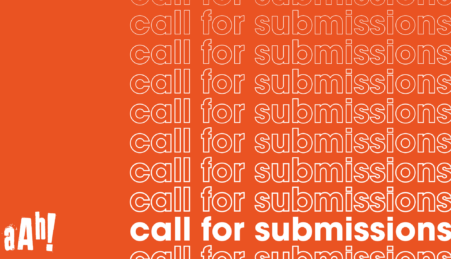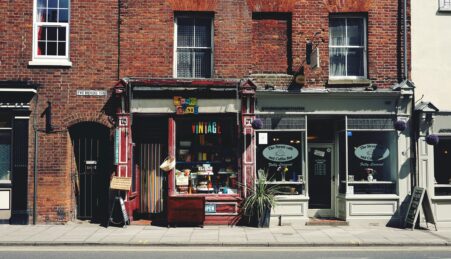
Humanity Hallows Issue 5 Out Now
Pick up your copy on campus or read online
By Alexandra Shelley and Cassidy Walsh
Women’s suffrage goes back many years and there are still many inequalities that women face today, the pay gap being just one example. However, things today are predominantly different to what they used to be 70 years ago; women have much more freedom and equality now and can have as much chance of success in society as men. They are no longer obliged to be stuck in the stereotypical housewife role.
When we think of women’s suffrage, we instantly think of the time when women were excluded from the vote. It’s hard to believe in that time now, when we take our right to vote for granted. It took over half a century from the first petition to the women actually getting the vote in 1918, provided they were aged over 30 and either they, or their husband, met a property qualification. This then developed in 1929, when women aged between 21 and 29 voted for the first time. This general election is sometimes referred to as the Flapper Election.
The vote was won mostly by the influences of the Suffragettes, formed in 1903 and led by Emmeline Pankhurst. The group led numerous marches, chained themselves to railings, attacked policemen, broke windows, slashed paintings, set fire to buildings, threw bombs and went on hunger strike when they were sent to prison. There’s even the iconic story of Emily Davison who ran out in front of the king’s horse during the Derby in 1913 and was killed. There were other female led groups who were campaigning at this time such as Suffragists, who wished to obtain the vote through peaceful means and was formed and led by Millicent Fawcett in 1897. The group was made up of mainly middle-class women and campaigned peacefully. There was also the East London Federation of Suffragettes formed in 1914 by Sylvia Pankhurst, which was made up of working-class women. This group concentrated on social reform, and also rejected the notion of violence.
This fits in with the era of the first wave of feminism. The first wave of feminism developed when women realised that a changed needed to happen for all women in society. To make this change they first tried to gain political power (including the right to vote). They then developed this to issues dealing with sexual, reproductive and economic factors. They put out the idea that women have as much potential as men. First wave feminists worked not only for suffrage, or the right to vote, but also for the right to an education, the right to work, the right to work safely and the right to themselves and their own bodies. This group of feminism has had a massive impact on the way we live our lives today and, without them, we perhaps wouldn’t be where we are today and still be experiencing all the same inequalities they did back then!
Second wave feminism was said to be a pivotal time in the argument for women’s equality, but why was this? Crucially, when second wave feminism began, in the 1960s, it was a stronger time than the first wave, with more organizations supporting it. One of the largest organizations that sprang from the second wave was the National Organization for Women in 1966, whereby, like most feminists, they wanted equality on many matters and change in the way that women not only viewed themselves, but each other. We must have an understanding to what equality means if anything was to be done about the clear divide that was apparent during the second wave. With the first wave of the women’s movement crashing significantly, this was a crucial time for women to become actively involved in helping gain status for themselves, but this wasn’t always easily done. There were many limitations for women and they lacked the freedom that they desired and deserved. Different laws and acts were passed: the first law on marital rape in 1976, and, in 1978, the Pregnancy Discrimination Act. These legal battles were some of the biggest acts passed, and started to get women in a place where they not only felt equal, but they felt safe. Major victories of the second wave came in a form of legislation, which was formed to given women equal opportunities on par with men, through things such as the Equal Pay Act. At a time when women’s liberation was starting to gain momentum in the UK, the magazine Spare Rib was founded, which ran from 1972 and was a second wave feminist magazine. The magazine is now seen as an iconic publication which has shaped debates about feminism, by challenging the stereotyping of women and providing much needed support.
With the second wave over, it was time to move on and focus on the third wave: a new wave of feminism that aimed to tackle any problems not sorted in the previous wave of feminism. Arising in the mid 1990s, and still carrying on to this day, third wave feminism set to question ideas, such as womanhood, gender and sexuality, and many other aspects of feminism, that they either felt weren’t discussed enough during the second wave, or that had a completely new direction to follow. However, none of this would have been possible if it wasn’t for the status achieved by the women of the second wave. Third wave feminism focussed less on laws and the political process and more on individual identity. Women were able to incorporate their own identities into what they believed in most. Feminism is still happening today, with celebrities like Beyoncé and Taylor Swift standing up for what they believe in. New wave feminism has a priority of reducing sexual assaults and domestic violence. Contemporary celebrities, who are media powerful, may not agree with the politics from the second wave. Each year International Women’s Day is held on the 8th March, and this allows women to celebrate what they have succeeded in so far and even what is to come in the future.






Leave a reply